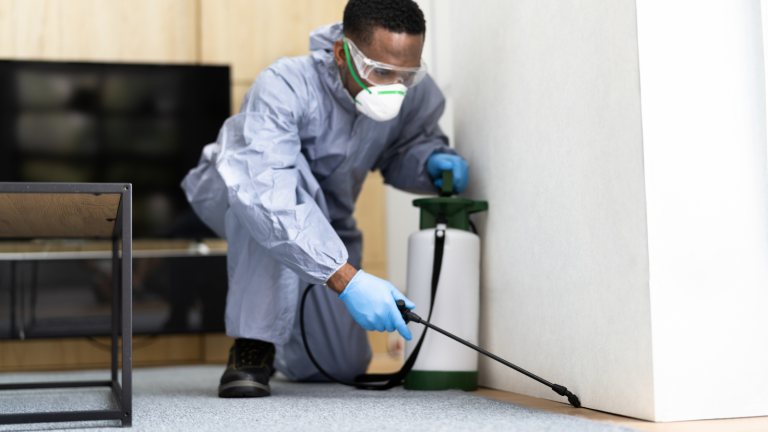Bed bugs, small blood-feeding insects, continue to pose significant challenges for homes and businesses despite advancements in pest control. Their resilience and the necessity for intensive treatments can result in substantial economic burdens. Heat treatment has emerged as a highly effective method for combating these pests. This article explores the financial consequences of bed bug infestations and the effectiveness of heat treatments in addressing them.
The Economic Toll of Bed Bug Infestations
The financial impact of bed bug infestations can be significant for households and even more severe for businesses.
For Households:
- Professional Extermination Costs: Traditional treatments often require multiple sessions, increasing expenses.
- Replacement of Belongings: Infested furniture, mattresses, and personal items may need to be discarded and replaced.
- Temporary Relocation: Families may need to seek alternate accommodations during treatment, adding to the financial strain.
- Medical Costs: Allergic reactions and secondary infections from bites may lead to additional medical expenses.
For Businesses:
- Revenue Loss: Hotels, apartments, and lodging facilities often face client cancellations and legal liabilities.
- Reputation Damage: Negative reviews and public perception can harm a business’s standing.
- Operational Downtime: Businesses such as offices and retail stores may need to temporarily halt operations, affecting productivity and income.
Why Are Bed Bugs Sometimes Found After Heat Treatment?
Even with heat treatment, a few bed bugs may survive due to:
- Insufficient Heat Penetration: If heat does not reach the required temperature across the entire space, some pests may endure.
- Improper Preparation: Items like thick mattresses or heavy blankets can insulate bed bugs, shielding them from lethal temperatures.
- Reinfestation: Bed bugs can return to treated areas from adjacent units or visitors.
The Heat Treatment Process for Bed Bugs
Heat treatment involves raising the temperature of an infested area to levels lethal to bed bugs. The process includes:
- Preparation: Removing heat-sensitive items and ensuring adequate air circulation.
- Heat Application: Industrial heaters elevate the area’s temperature to 120-135°F (49-57°C).
- Monitoring: Technicians use sensors to confirm even heat distribution and maintain the temperature for several hours.
- Cooling Down: The space is gradually cooled after treatment to ensure safety and prevent damage to belongings.
Cost of Heat Treatment
The cost of heat treatment for bed bugs varies depending on factors like the size of the area, the severity of the infestation, and the location.
- For Homeowners: Expect to pay between $1,000 and $3,000 for comprehensive heat treatment.
- For Businesses: Costs can be significantly higher for larger or multi-unit spaces.
While the initial expense is considerable, the investment can prevent recurring infestations and long-term costs.
How Pest Control Professionals Eliminate Bed Bugs with Heat
Heat treatment is an effective method due to bed bugs’ sensitivity to high temperatures. Here’s how professionals ensure thorough extermination:
- Targeted Heating: Specialized equipment disperses heat to all spaces, including cracks and crevices where bed bugs hide.
- Lethal Temperatures: Bed bugs and their eggs perish at 113°F (45°C) within 90 minutes. Treatment usually maintains temperatures of 120-135°F for comprehensive results.
- Prolonged Exposure: Sustained high temperatures ensure all life stages, from eggs to adults, are eliminated.
- Monitoring: Continuous monitoring and adjustments ensure no cold spots remain, maximizing the treatment’s efficacy.
Conclusion
Bed bug infestations impose considerable financial and emotional burdens on both homes and businesses. From treatment costs and lost income to reputational harm and operational downtime, the toll is substantial. Heat treatment offers a powerful and environmentally friendly solution, effectively eradicating bed bugs when executed properly.
While heat treatment may require a significant initial investment, the long-term benefits—including peace of mind, protection of property, and prevention of re-infestation—make it an excellent choice for addressing bed bug problems. With professional expertise and diligent execution, heat treatment can alleviate the economic and emotional strain of infestations, fostering safer and healthier living and working environments.
4o

